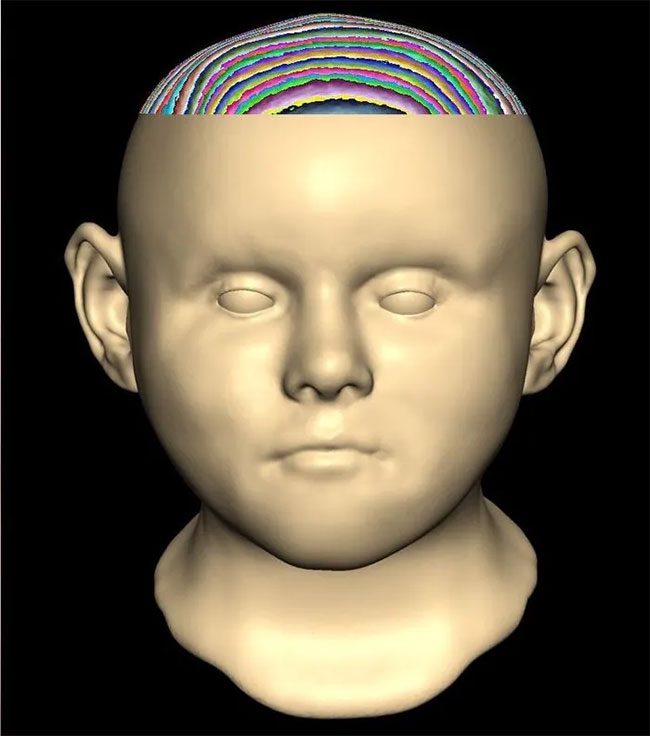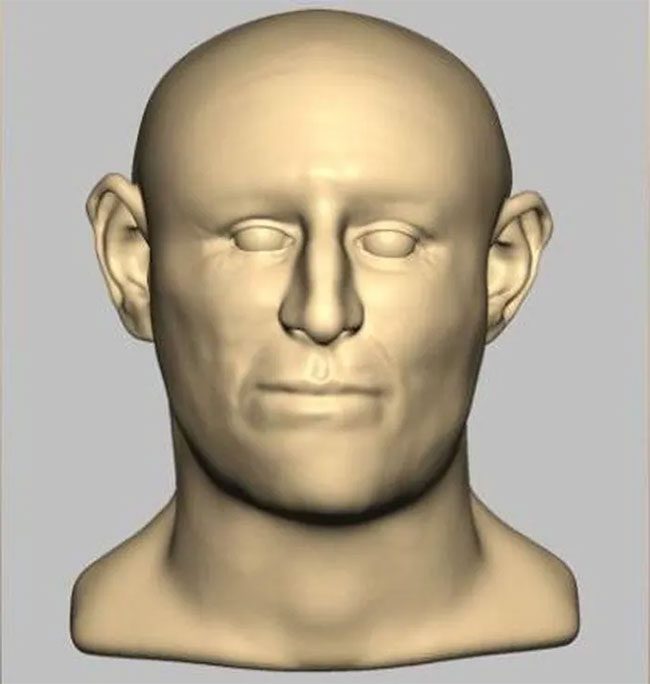In 2004, construction workers breaking ground for a shopping center in Norwich, England, discovered 17 skeletons at the bottom of an 800-year-old well, including 6 adults and 11 children.
Unlike a mass burial, the bodies were found in disarray, overlapping each other, possibly thrown in headfirst shortly after they died.
“I am very pleased and relieved that 12 years after we began analyzing the remains of these individuals, technology has caught up and helped us understand their chilling history, who they were, and why we believe they were murdered,” said Selina Brace, a lead researcher at the Natural History Museum in London and the principal author of the study, in a press release, according to CNN.
Whose Remains Are They?
Scientists have recently extracted detailed genetic material preserved in the bones, thanks to recent advances in decoding ancient DNA sequences.
The genetic profiles of 6 of the individuals show that 4 of them are related, including 3 sisters, the youngest aged between 5 and 10 years. Further analysis of the genetic material indicates that all 6 individuals are “almost certainly” Ashkenazi Jews.

Digital facial reconstruction of one of the children found in the well. (Photo: Caroline Wilkinson).
The study notes that due to an ancient marriage custom within the community, Ashkenazi Jewish groups often carry a distinctive genetic makeup, including markers for certain rare genetic disorders. These include Tay-Sachs disease, which is often fatal in children.
The research team found that the individuals in the well share the same genetic ancestry with present-day Ashkenazi Jews. According to the study, they are descendants of medieval Jewish populations primarily from Northern and Eastern Europe.
“No one has previously analyzed ancient DNA from Jews due to the prohibition against disturbing Jewish graves. However, we had no idea they could be Jewish until the gene analysis,” said evolutionary geneticist and co-author of the study Mark Thomas, a professor at University College London.
“It is quite surprising that these remains fill a historical gap regarding when some Jewish communities first formed, and the origins of some genetic disorders among them,” he said.
The DNA analysis also allowed researchers to infer the physical characteristics of a toddler found in the well. The boy may have had blue eyes and red hair, traits later associated with historical prejudices against European Jews, the study published on August 30 in the journal Current Biology noted.
How Did They Die?
The researchers believe that all of them died in an outbreak of violence engulfing the city, likely related to the riots in February 1190 connected to the Third Crusade, one of the church-supported religious wars, as described in a medieval chronicle. The exact number of casualties in the massacre remains unclear.

Digital facial reconstruction of an adult among the remains found in the well. (Photo: Caroline Wilkinson).
In the medieval document “Imagines Historiarum II,” chronicler Ralph de Diceto vividly described the massacre.
“Many people in the crowd rushing to Jerusalem decided to rise up against the Jews before they attacked the Saracens. Accordingly, on February 6, 1190 AD, all the Jews found in their homes in Norwich were massacred; some had sought refuge in the castle,” he wrote.
The well containing the 17 skeletons is located in what was once the medieval Jewish quarter of Norwich. The study notes that the city’s Jewish community is descended from Ashkenazi Jews from Rouen, Normandy, who were invited to England by William the Conqueror, who invaded England in 1066.
However, the link to the 1190 riots remains unclear.
The bodies were thrown into the well at some point between 1161 and 1216. This period witnessed numerous social upheavals, well documented in England.
Tom Booth, a senior research scientist at the Francis Crick Institute, stated: “Our research demonstrates the effectiveness of archaeology, and particularly new scientific techniques like ancient DNA analysis, in providing new perspectives on historical events.”


















































